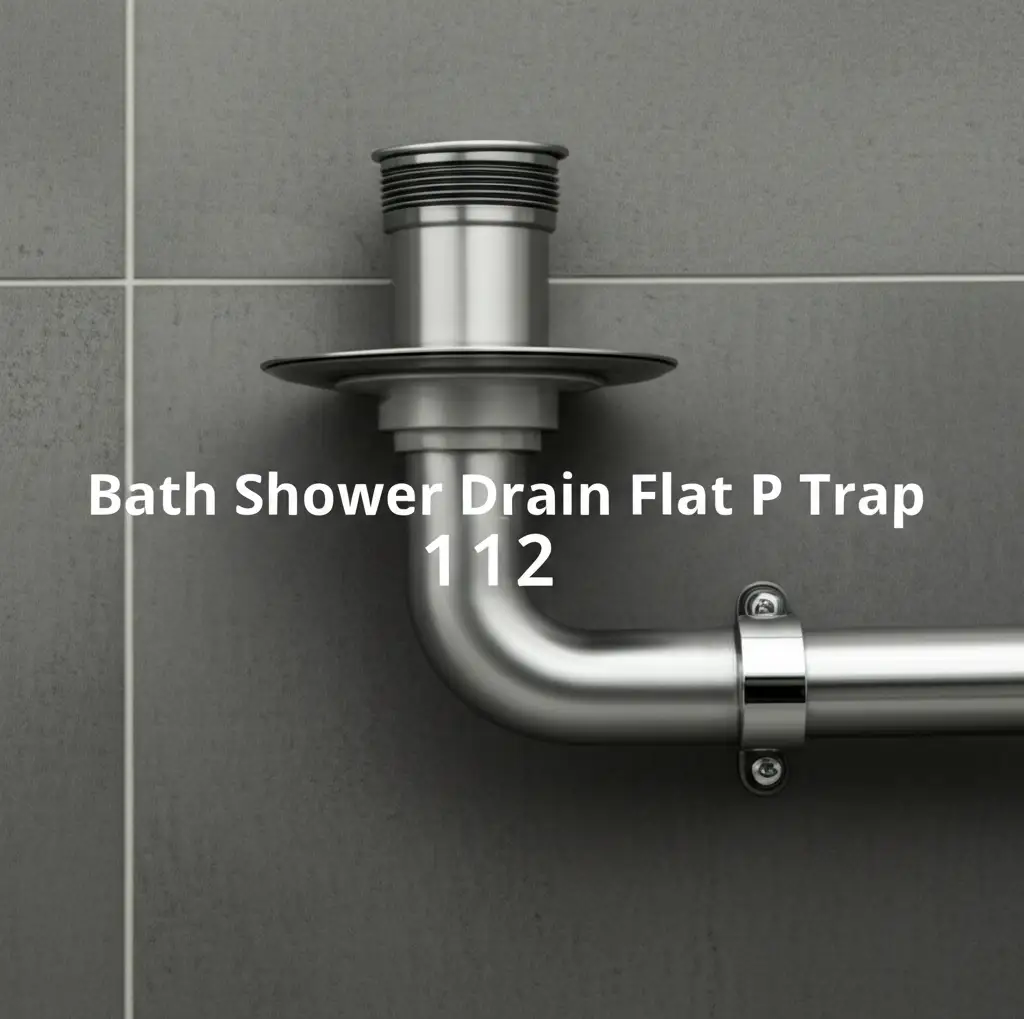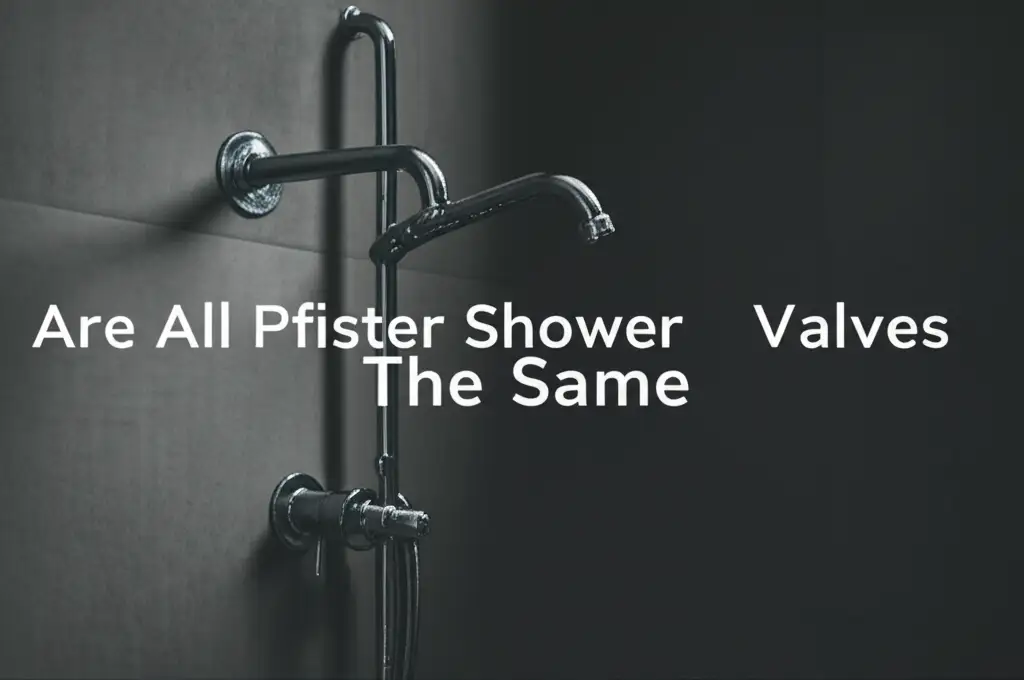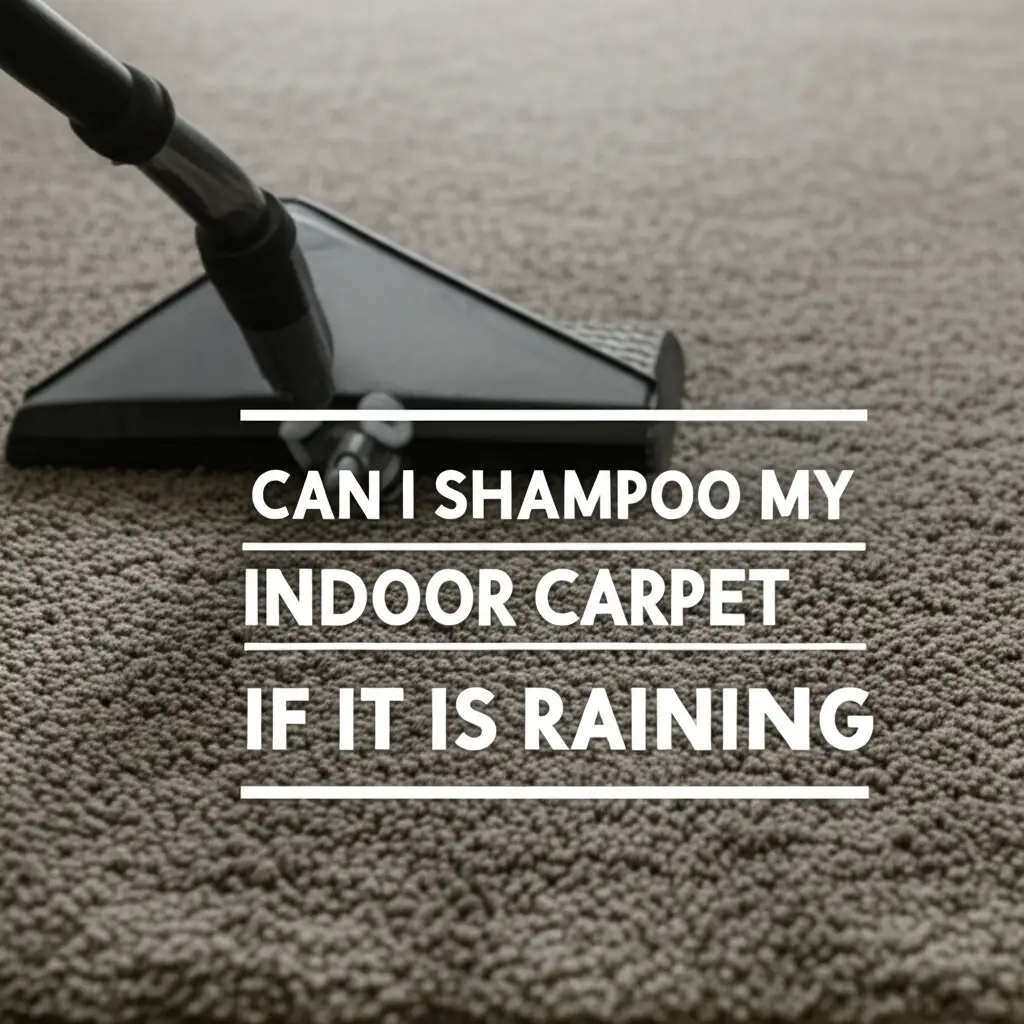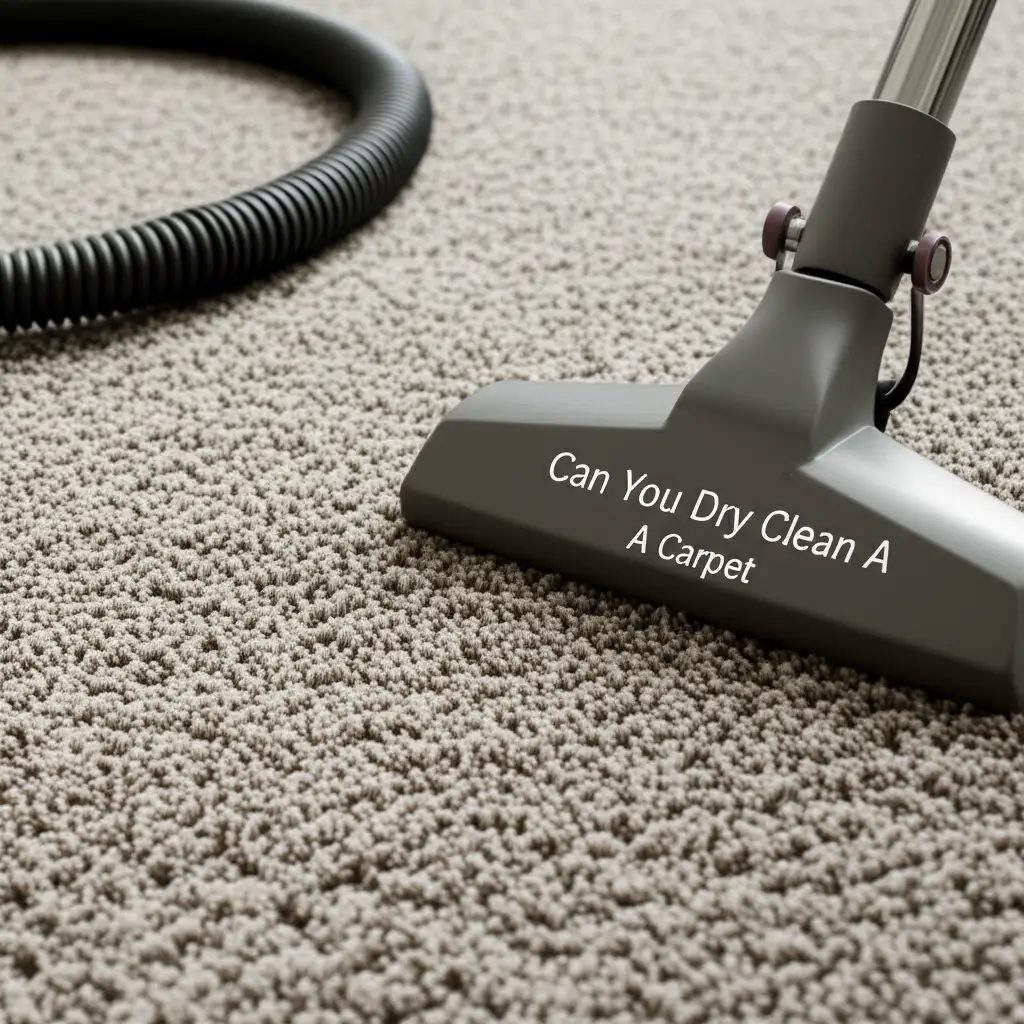· Liora Benning · Plumbing · 16 min read
Are Toilet And Shower Drains Connected
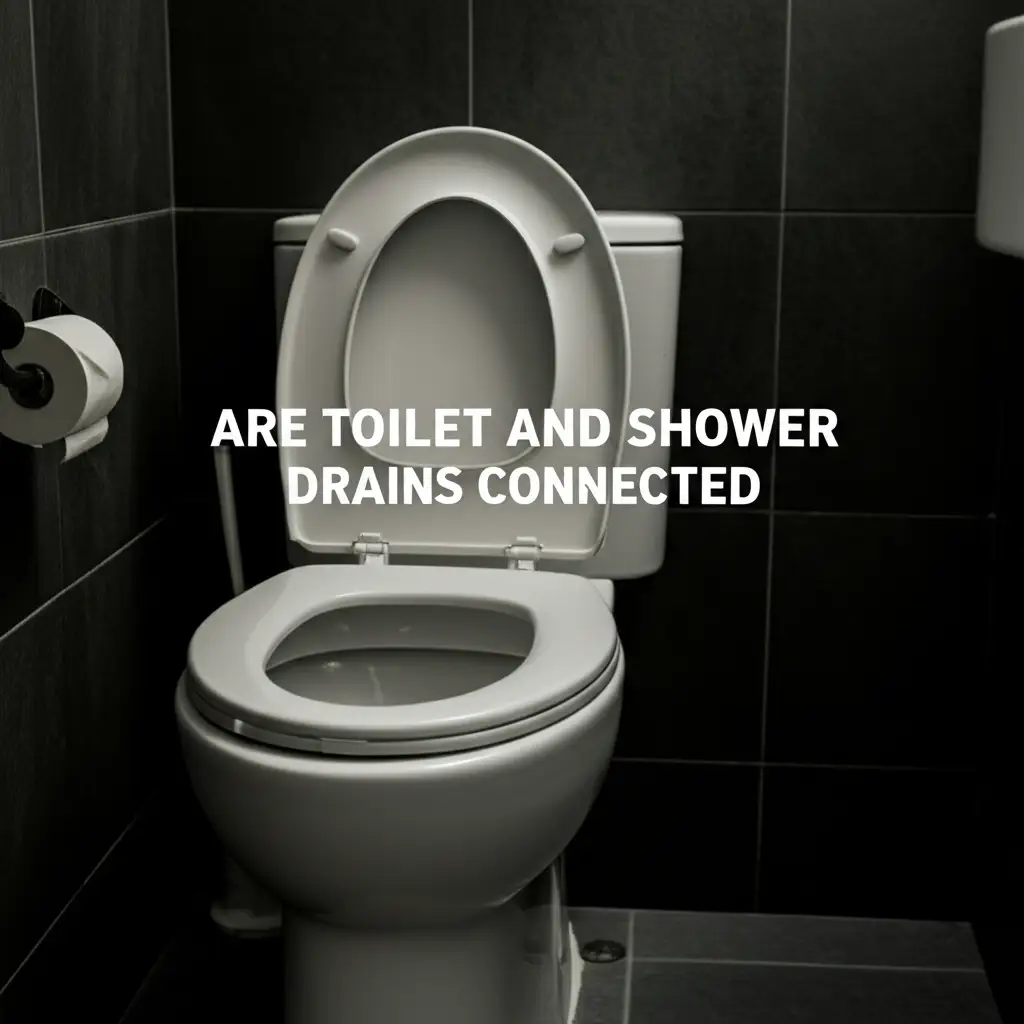
Are Toilet And Shower Drains Connected: Understanding Your Home Plumbing
Ever wondered about the pipes hidden behind your bathroom walls? Many people ask if toilet and shower drains are connected. It’s a common question that touches on how your home’s plumbing system moves wastewater away. Understanding these connections helps you prevent issues and keep your bathroom running smoothly. This article explains how bathroom drains work together. We will explore drain anatomy, common problems, and how to maintain your plumbing.
Takeaway
- Toilet and shower drains usually connect to a shared main drain line.
- This shared system efficiently removes wastewater from your home.
- Proper venting and P-traps are essential for safe and odor-free drainage.
- Clogs in one fixture can affect others if drains are connected.
- Regular maintenance helps prevent blockages and costly repairs.
Are Toilet and Shower Drains Connected?
Yes, in most residential plumbing systems, toilet and shower drains connect to a common main drain line. While they do not connect directly to each other at the fixture, their individual drainpipes eventually merge into a larger branch line. This branch line then carries all wastewater from your bathroom fixtures to the main sewer line or septic tank outside your home.
The Shared Drainage System: How It Works
Your home’s plumbing system uses a network of pipes to move water. This network includes supply lines for clean water and drain lines for wastewater. The drain system relies on gravity. Water flows downhill from your toilet, shower, sink, and other fixtures. These individual drain lines merge into larger pipes.
Finally, all the waste goes into one main drainpipe. This main drainpipe then exits your home. This design is efficient and cost-effective. It ensures all wastewater leaves your house in a controlled way.
When you flush the toilet, water and waste flow into its drain. When you shower, water goes down the shower drain. These separate paths quickly join together. They become part of the same wastewater stream. This shared system needs proper installation. It must handle the flow from all connected fixtures without issues.
Maintaining this shared system is important. Clogs can impact more than one fixture. Understanding this connection helps homeowners troubleshoot problems. It also guides them in performing good maintenance.
Why Connecting Drains Makes Sense: Efficiency and Regulations
Connecting toilet and shower drains to a single system offers many benefits. This design simplifies plumbing layouts. It reduces the amount of piping needed. This saves on material costs and installation time. A unified drain system is also more efficient. It funnels all wastewater to one exit point.
Plumbing codes often mandate this type of connection. These codes ensure proper drainage and sanitation. They require adequate pipe sizing and venting. This prevents sewage gases from entering your home. It also ensures water drains quickly. Proper design minimizes the risk of back-ups and clogs.
Shared drains are also easier to manage from a municipal perspective. Wastewater treatment plants process water from entire neighborhoods. A single collection point from each home simplifies this process. It creates a more organized and effective sewage system for the community. This centralized approach makes public health safer. It supports environmental protection.
This system is built for long-term use. It handles daily water usage from multiple fixtures. My own experience has shown that well-installed shared drains are quite reliable. However, proper care is still necessary to keep them flowing freely.
Understanding Drain Anatomy: Traps, Vents, and Main Lines
Understanding the parts of your drain system helps explain how everything connects. Each fixture has specific components that ensure proper drainage. These parts work together to prevent odors and clogs. They guide wastewater safely out of your home.
Drain Traps
Every fixture, including your toilet and shower, has a drain trap. A trap is a curved section of pipe. It holds a small amount of water. This water creates a seal. The seal stops sewer gases from coming up into your bathroom.
- P-Traps: Showers and sinks typically use P-traps. These look like the letter “P” turned on its side. They are effective at trapping water and preventing odors. You can often see a P-trap under your sink.
- S-Traps: Older homes might have S-traps. These are less common now. They can sometimes siphon water out, breaking the seal. Modern codes usually require P-traps.
- Toilet Traps: Toilets have an integrated trap built into their ceramic base. You cannot see it directly. This trap also holds water to block sewer gases.
Without these traps, your bathroom would smell bad. Sewer gases contain methane and other unpleasant odors. The trap protects your indoor air quality.
Drain Vents
Drain vents are critical for your plumbing system. They are pipes that extend from the drain lines up through your roof. Vents allow air to enter the drainage system. This air pressure helps water flow smoothly. It prevents a vacuum from forming.
- Airflow: Proper venting ensures water flows quickly down the pipes. Without vents, drains would gurgle, and water would drain slowly. It is like putting your thumb over a straw filled with liquid; it stops flowing.
- Pressure Equalization: Vents equalize air pressure within the pipes. This prevents siphonage. Siphonage could pull water out of your traps. If traps lose their water seal, sewer gases enter your home.
- Odor Control: Vents help remove odors from the drain system. They direct these gases safely out above your roof. This keeps your home smelling fresh.
Vent pipes eventually connect to a main vent stack. This stack goes up through your roof. All bathroom fixtures share this venting system. It is a vital part of keeping your drains working correctly.
Main Drain Lines
All individual fixture drains and vent pipes eventually connect to larger pipes. These larger pipes lead to the main drain line. The main drain line is the largest pipe in your home’s drainage system. It collects all wastewater from every fixture. This includes toilets, showers, sinks, washing machines, and dishwashers.
The main drain line then carries all this wastewater away from your house. It connects to either:
- Municipal Sewer System: This is common in urban and suburban areas. Wastewater flows into public sewer lines. It then goes to a treatment plant.
- Septic Tank System: This is common in rural areas. Wastewater flows into a septic tank. Solid waste settles, and liquid waste is absorbed into a drain field.
The material of these drain lines also matters. Common options include ABS and PVC. Both are types of plastic pipes. They are durable and widely used in modern plumbing. You can learn more about their differences ABS vs PVC Shower Drain if you are interested in plumbing materials. My own plumbing uses PVC for its ease of installation.
Signs of a Connected Drain Problem: What to Look For
Since your toilet and shower drains often share a common line, a problem in one can affect the other. Knowing what to look for helps you identify issues early. Early detection can prevent small problems from becoming large, expensive repairs. Here are some common signs that indicate a connected drain issue.
Slow Draining or Standing Water
One of the first signs of a blockage is water draining slowly. You might notice water pooling around your feet in the shower. The toilet might take longer to flush completely. If both fixtures show slow drainage, it strongly suggests a blockage in the shared line. The clog could be somewhere downstream where their individual pipes merge.
I have seen this happen in my own home. A slowly draining shower sometimes indicates a growing problem. It is a signal to act before it gets worse.
Gurgling Noises from Drains
Strange gurgling sounds from your drains are a clear warning sign. This usually happens when air gets trapped in the drainpipe. The air bubbles through the water. It can indicate a partial blockage or a venting issue. You might hear the toilet gurgle when the shower drains. Or the shower drain might gurgle after you flush the toilet. This cross-communication shows a connection problem.
The gurgling indicates that the air cannot enter or exit the system freely. This often points to a clog. It could also suggest a problem with the vent stack.
Foul Odors
If you smell sewage in your bathroom, it is a serious problem. This usually means the water seal in a drain trap has broken. It might be due to negative pressure caused by a clog. The clog prevents proper venting. This allows sewer gases to enter your home.
You might notice the smell near the toilet, the shower drain, or both. These odors are not just unpleasant. Sewer gas contains harmful chemicals. It can pose health risks. This issue needs quick attention from a professional.
Water Backing Up into Other Fixtures
This is a clear and unpleasant sign of a significant blockage. For example, if you flush the toilet, and water backs up into the shower drain, your main line is severely clogged. Similarly, if running the shower causes the toilet water level to rise, it confirms a shared drain problem.
This happens because the wastewater cannot flow past the blockage. It then seeks the path of least resistance. This path often leads to another connected drain opening. This is a strong indicator that the main drain or a major branch line has a serious obstruction. At this point, I would immediately consider calling a plumber.
Maintaining Connected Drains: Best Practices
Proactive maintenance is key to keeping your connected toilet and shower drains clear. Regular care helps prevent clogs and extend the life of your plumbing system. It saves you from costly repairs and unpleasant surprises. Here are some best practices to maintain your drains.
Regular Cleaning and Prevention
- Use Drain Screens: Place drain screens over your shower and tub drains. These screens catch hair and soap scum. They stop these common clog culprits from going down the drain. This is one of the simplest and most effective preventative measures.
- Flush with Hot Water: Periodically flush your drains with very hot water. This can help melt grease and dislodge minor buildup. You can do this once a week.
- Baking Soda and Vinegar: Mix half a cup of baking soda with half a cup of white vinegar. Pour this down the drain. Let it sit for 30 minutes to an hour. Then flush with hot water. This mixture creates a fizzing action. It can help break down minor clogs and refresh the drain. It is a natural and safe alternative to harsh chemical cleaners.
- Avoid Harsh Chemical Drain Cleaners: While tempting, chemical drain cleaners can damage your pipes over time. They are corrosive and can harm certain pipe materials. They also do not always remove the entire clog. Sometimes they make the problem worse. I always advise against using them.
- Clear Hair Regularly: For shower drains, regularly remove hair that collects in the drain opening. You can use tweezers or a small hook to pull out visible hair.
For specific cleaning tips, you might find guides like How to Clean Under Toilet Rim and How to Clean Tile Shower Floor helpful for overall bathroom cleanliness. While these focus on fixtures, a clean bathroom environment often leads to better drain care.
Mind What Goes Down the Drain
The biggest rule for drain health is to be mindful of what enters them.
- Toilets: Toilets are for human waste and toilet paper only. Do not flush “flushable” wipes, paper towels, feminine hygiene products, or dental floss. These items do not break down easily. They cause major clogs.
- Showers: Avoid letting large amounts of hair go down the shower drain. Use a drain screen. Do not pour grease or oil down the shower drain. Even though it is liquid when hot, it solidifies in the pipes. It creates sticky clogs.
- Sinks: Do not pour cooking grease or coffee grounds down any sink drain. These are common causes of clogs.
I always tell my family: “If it didn’t come out of you or isn’t toilet paper, it doesn’t belong in the toilet.” This simple rule saves a lot of headaches.
Annual Professional Inspection
Consider having a professional plumber inspect your drains annually. They can identify potential issues before they become major problems. Plumbers use specialized tools like cameras to inspect the inside of your pipes. This can reveal hairline cracks, root intrusion, or significant grease buildup.
Regular professional cleaning, like hydro-jetting, can clear out years of buildup. It restores your pipes to near-new condition. This type of maintenance is an investment. It prevents emergency repairs.
Addressing Minor Clogs Promptly
Do not ignore slow drains. A minor clog can quickly become a full blockage. Address slow drainage with home remedies or a drain snake as soon as you notice it. A small hand-held drain snake can clear many shower or sink clogs. For toilet clogs, a flange plunger is very effective. Learning How to Clean Toilet Tank can also sometimes help if debris from the tank is contributing to flow issues. By taking action quickly, you can avoid more severe problems.
When to Call a Professional Plumber
While some drain issues are DIY-friendly, others require professional help. Knowing when to call a plumber can save you time, money, and frustration. It also protects your plumbing system from further damage.
Persistent Clogs
If you have tried plunger or home remedies, and the clog persists, it is time for a professional. A plumber has stronger tools and expertise. They can use drain snakes that reach further into the pipes. These power snakes can break up tough blockages that hand tools cannot. They also have specialized knowledge of different pipe systems.
Multiple Fixtures Affected
When more than one drain is slow or clogged, it suggests a problem in a shared line. This is often the main drain or a major branch line. These clogs are usually too deep or complex for homeowners to fix. A plumber can correctly diagnose the location and nature of the clog. They have the equipment to clear large obstructions. This includes using hydro-jetting machines to blast away tough blockages.
Foul Sewer Odors
If you consistently smell sewage in your bathroom, call a plumber immediately. This indicates a broken trap seal, a crack in a vent pipe, or a major blockage that compromises your vent system. Sewer gases are unpleasant and potentially hazardous. A professional can quickly identify the source of the odor. They will fix the issue to restore proper ventilation and safety.
Water Backing Up
Any time water backs up into another fixture (e.g., toilet water into the shower), it indicates a severe main line clog. This is an emergency situation. Do not delay calling a plumber. Continued use can lead to extensive water damage or sewage spills in your home. A professional can clear the main line and prevent further damage.
Noisy Drains or Gurgling Sounds
While sometimes minor, persistent gurgling can point to a vent issue or a partial clog. If home remedies do not stop the noise, a plumber can investigate. They will ensure your venting system works correctly. Proper venting is crucial for efficient drainage and odor control.
Root Intrusion or Pipe Damage
If your home has older pipes, especially outside, tree roots can grow into them. This causes frequent, recurring clogs. A plumber can perform a camera inspection. This camera goes into the pipes to see the damage. They can then recommend solutions like pipe repair, replacement, or root removal. If you suspect structural damage to your pipes, a professional is essential.
Common Misconceptions About Bathroom Drains
Many people have ideas about plumbing that are not entirely accurate. Dispelling these myths helps you better understand your home’s drains. It encourages better habits for drain maintenance. Let’s clear up some common misconceptions about bathroom drains.
Misconception 1: “Flushable” Wipes Are Safe to Flush
This is one of the biggest and most common plumbing myths. Many products are marketed as “flushable.” This includes baby wipes, cleaning wipes, and even some paper towels. In reality, these items do not break down like toilet paper. Toilet paper is designed to disintegrate quickly in water. “Flushable” wipes retain their structure for a long time.
They accumulate in pipes. They form large, stubborn clogs. These clogs often combine with grease and other debris. This creates large blockages. These blockages can affect your home’s main drain. They can also create problems for municipal sewer systems. Always dispose of wipes and similar items in the trash.
Misconception 2: Chemical Drain Cleaners Are the Best Solution for Clogs
Many people reach for chemical drain cleaners at the first sign of a clog. These products promise quick fixes. However, they are often corrosive. They can damage your pipes over time, especially older ones. They can also harm septic systems by killing beneficial bacteria.
Chemical cleaners sometimes only eat a hole through the middle of a clog. They leave the rest of the blockage intact. This means the clog can quickly reform. They can also create dangerous fumes. They pose a risk if mixed with other cleaners. I always suggest avoiding them. Safer alternatives like baking soda and vinegar, or a drain snake, are usually better.
Misconception 3: Running Hot Water Prevents All Clogs
While running hot water down the drain regularly can help with minor grease buildup, it is not a complete preventative measure. Hot water can melt some grease. However, it does not remove hair, soap scum, or non-dissolving items. These materials still build up over time.
For major clogs or persistent issues, hot water alone will not be enough. It is part of a good maintenance routine, but not a standalone solution. Use drain screens and be careful about what goes down the drain.
Misconception 4: Small Items Washed Down the Drain Won’t Cause Problems
It is easy to think that a small amount of hair, a bit of dental floss, or a few coffee grounds won’t matter. But these small items accumulate over time. They combine with soap scum and grease. This creates larger, more difficult clogs.
Each small item contributes to the problem. It is like building a dam one tiny stone at a time. Eventually, the flow stops. Being vigilant about what enters your drains, even small things, is important for preventing blockages.
Misconception 5: Gurgling Drains Are Normal
Some homeowners might ignore gurgling sounds, thinking they are just part of an old plumbing system. However, gurgling often indicates a problem. It signals a partial clog or a vent issue. Air gets trapped and bubbles through the water.
If you hear gurgling, it means your drain is not receiving proper air pressure. This can lead to slow drains, foul odors, or eventually, a full blockage. It is a sign that your plumbing system needs attention.
Conclusion
Understanding how your toilet and shower drains connect is vital for effective home maintenance. Most residential plumbing systems route these fixtures into a shared main drain line. This design is efficient and ensures all wastewater exits your home through one main pipe. Key components like drain traps prevent sewer gas odors, while vent pipes ensure smooth water flow and proper air pressure.
While this shared system is robust, it also means that a clog in one fixture can impact others. Knowing the signs of a connected drain problem—such as slow drainage, gurgling noises, or foul odors—allows you to act quickly. Proactive maintenance, including using drain screens, avoiding harmful materials, and regular cleaning, can prevent many common issues. For persistent problems, multiple affected fixtures, or severe blockages, calling a professional plumber is always the best course of action. By taking care of your drains, you ensure a healthy, functional plumbing system for your home.


